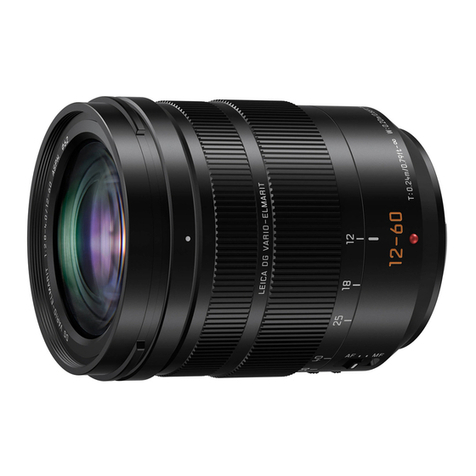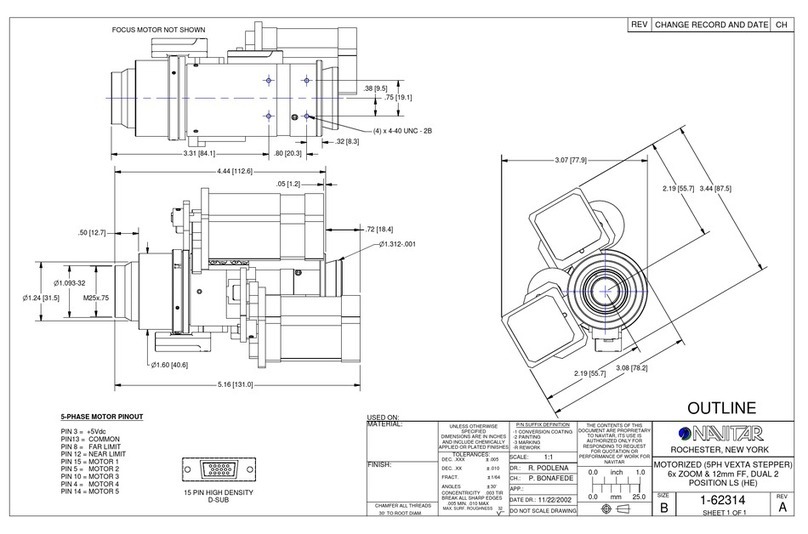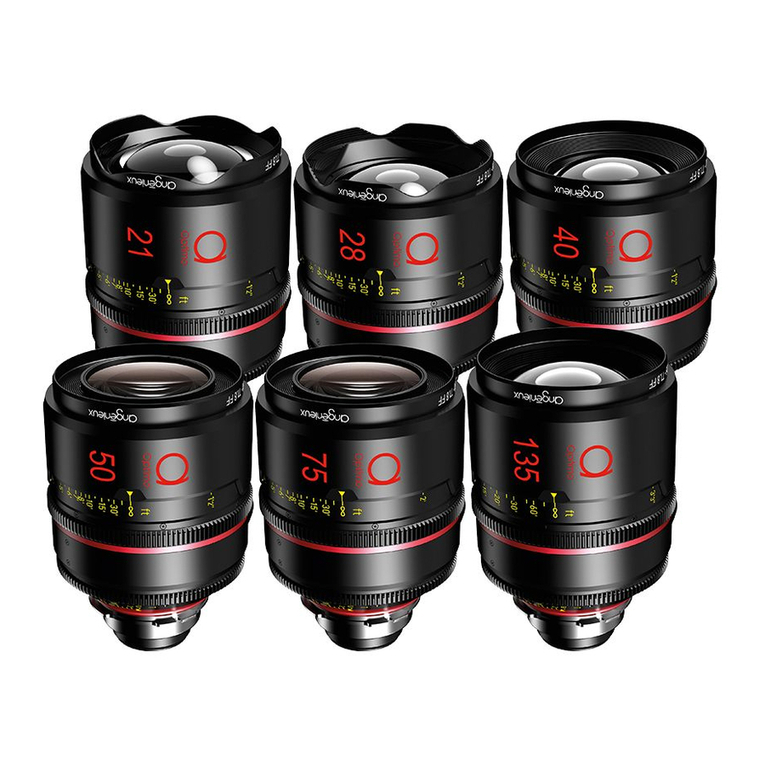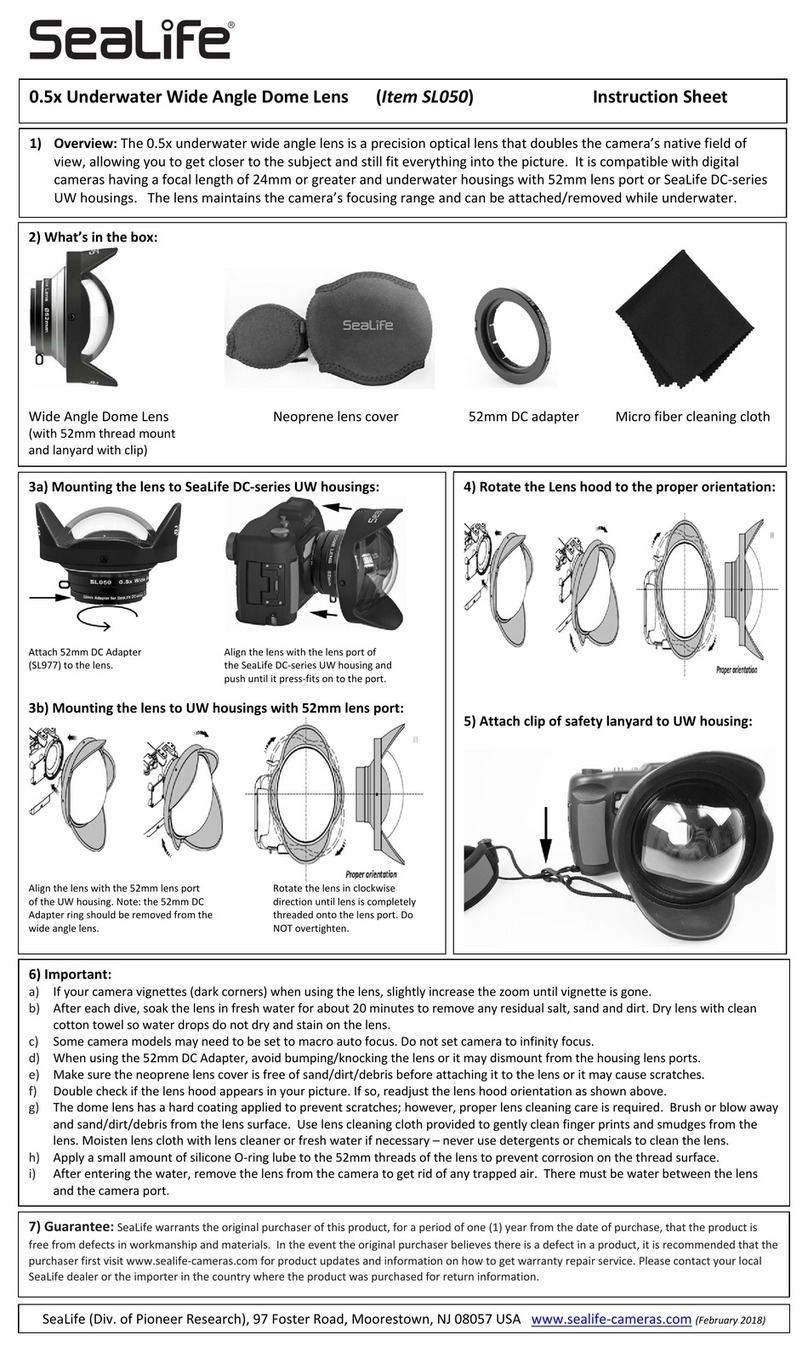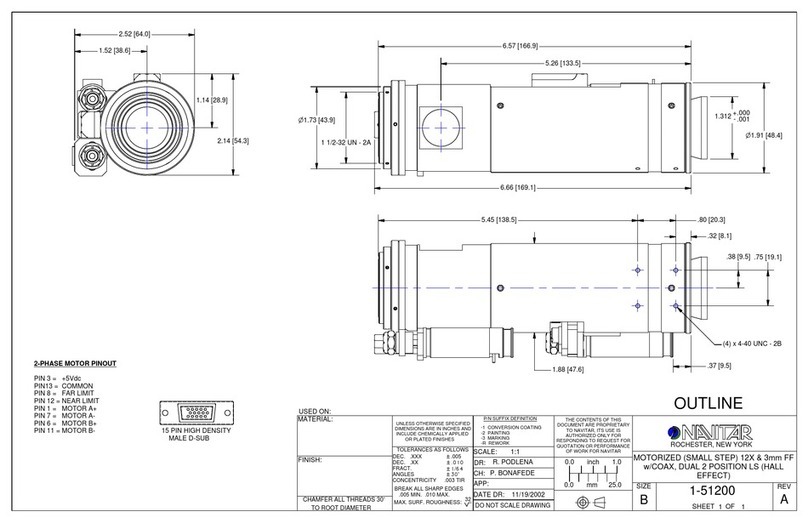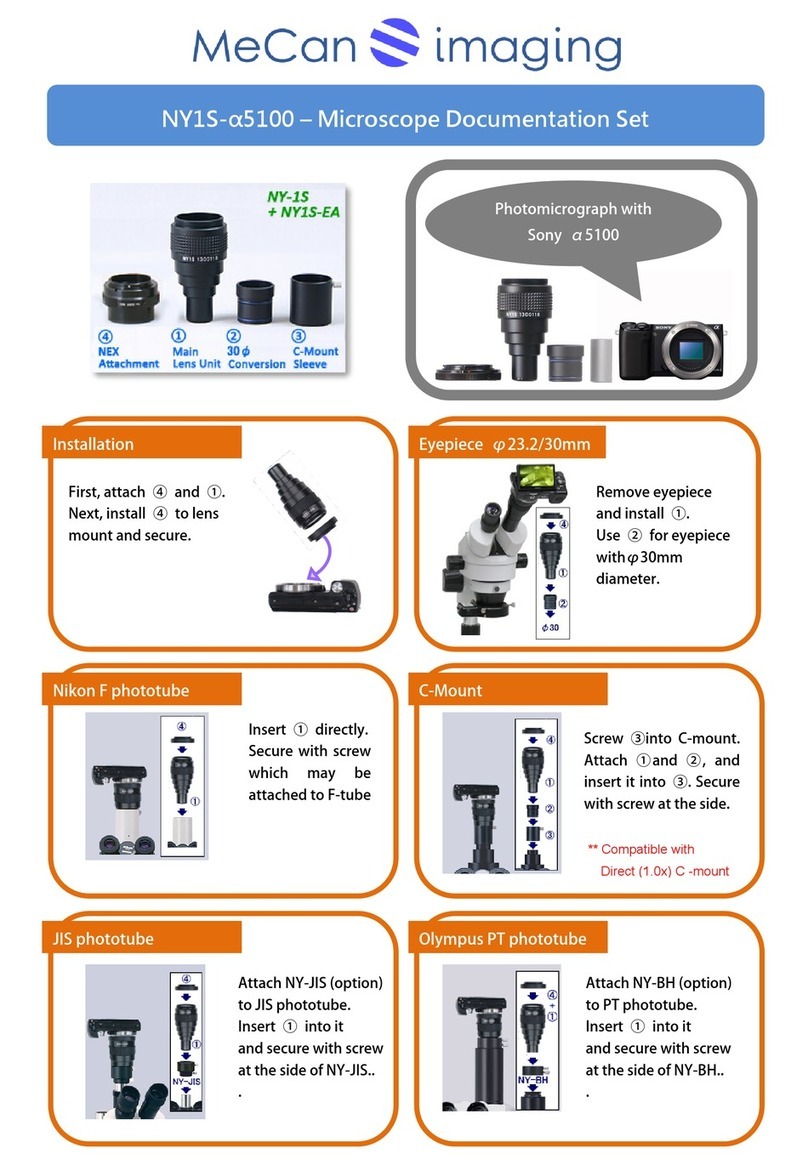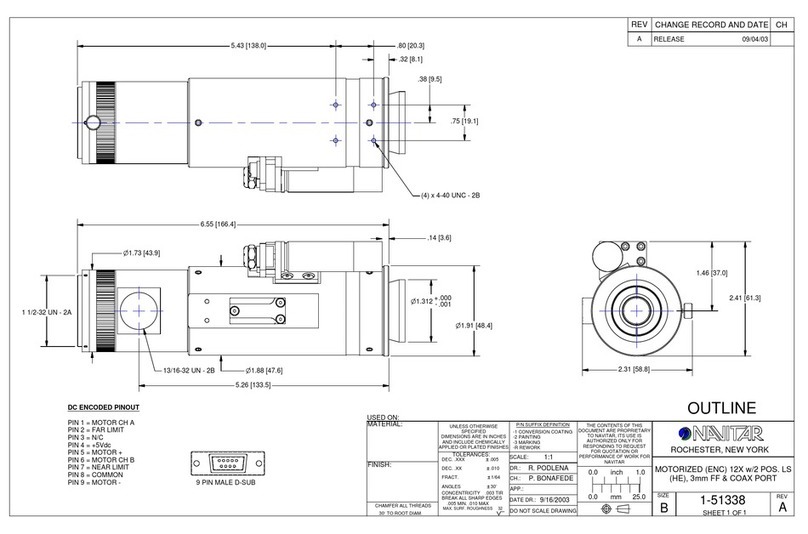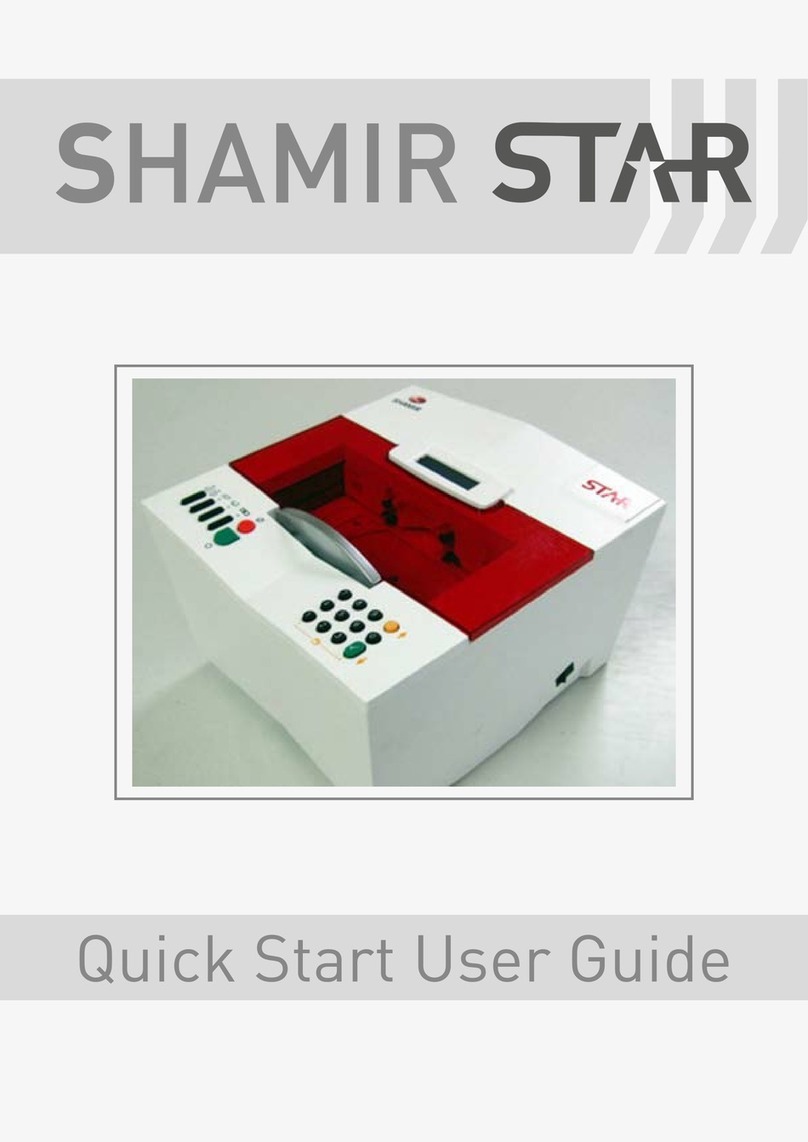Vivitar 500MR F/6.3 User manual
Other Vivitar Lens manuals
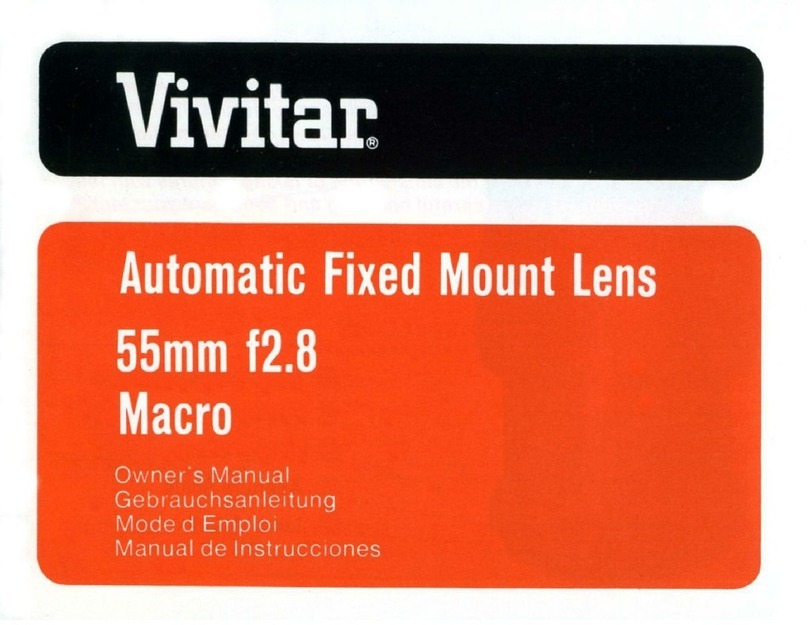
Vivitar
Vivitar Automatic Fixed Mount Lens 55mm f2.8 Macro User manual
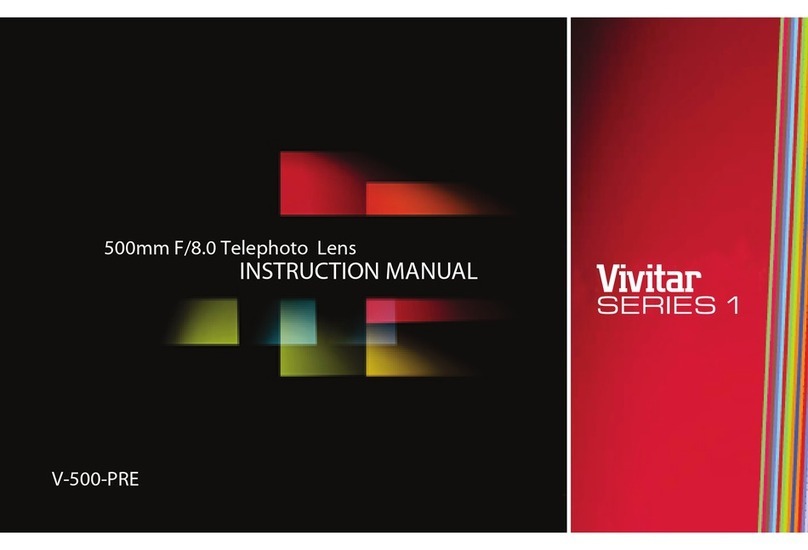
Vivitar
Vivitar 500mm Preset User manual

Vivitar
Vivitar 7MM-N User manual

Vivitar
Vivitar 37W-72W User manual

Vivitar
Vivitar 800MR F/8 User manual

Vivitar
Vivitar 7MM-C User manual

Vivitar
Vivitar 7MM-P User manual

Vivitar
Vivitar 650-1300mm Telephoto Zoom Lens User manual
Popular Lens manuals by other brands

Tamron
Tamron SP 70-300mm F/4-56 Di VC USD Brochure & specs
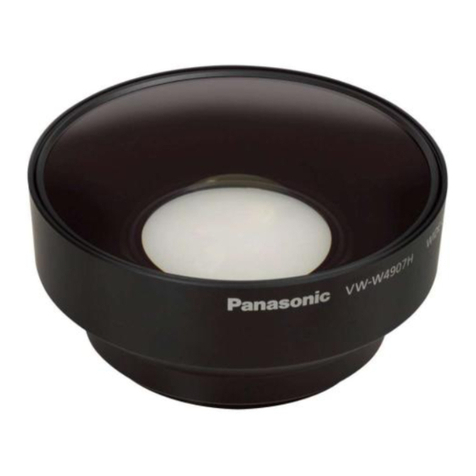
Panasonic
Panasonic VW-W4907 operating instructions

Navitar
Navitar 1-51332 Dimensional drawing
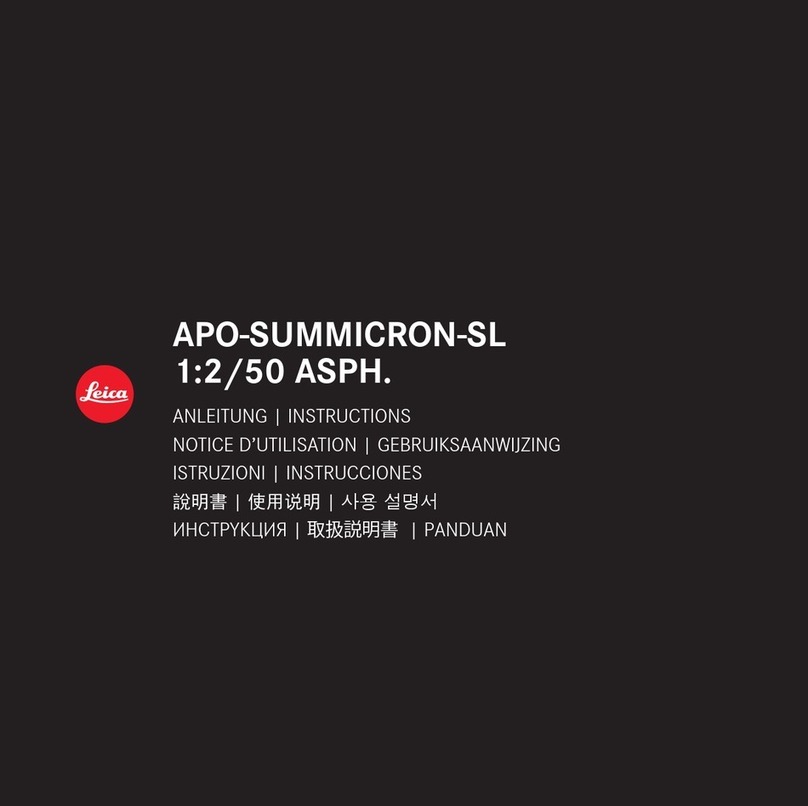
Leica
Leica APO-SUMMICRON-SL 1:2/50 ASPH. instructions

Sony
Sony LKRL-Z200 Series Product information

Cosina
Cosina Voigtländer SUPER NOKTON 29mm F0.8... instruction manual
